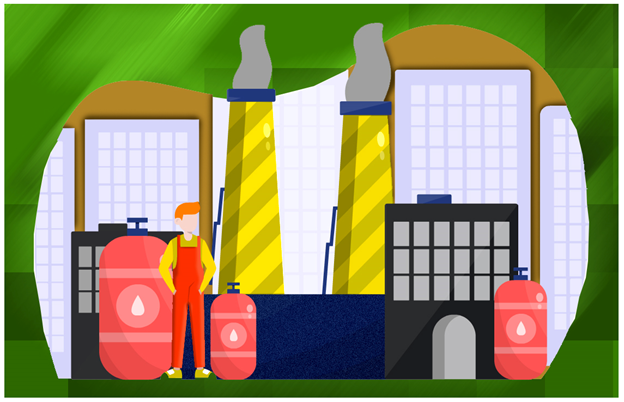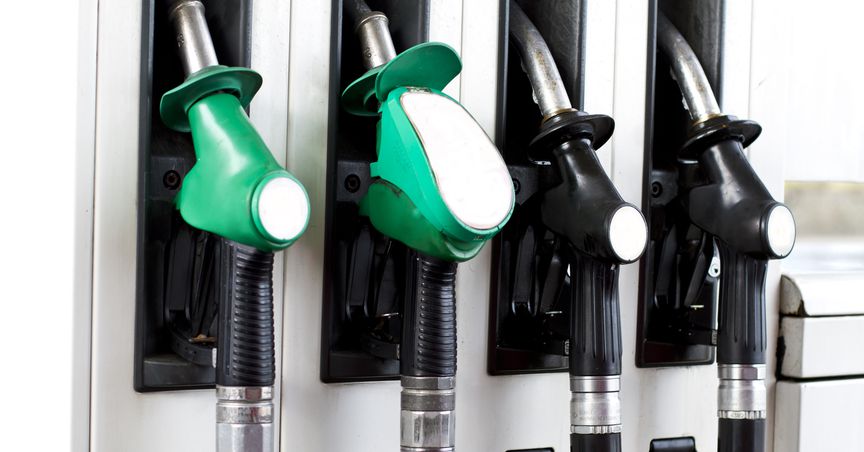Summary
- Another half a million homes are pushed towards fuel poverty as global gas prices hit a 16-year high.
- Ofgem is expected to raise the price cap on energy to unaffordable levels, leading to soaring costs this winter.
- UK’s net zero goal is also threatened by the foreign control of North Sea oil licenses.
This year winter, approximately half a million extra homes in the UK are anticipated to fall into the already existing trap of fuel poverty in the country affecting around 3 million households, primarily because the global gas prices hit a 16-year high with the steepest increase in decades. UK-based Office of Gas and Electricity Markets (Ofgem), which is the independent energy regulator, is expected to raise its price cap on energy bills to unaffordable levels for the UK households, soaring up to £1,288 per year.
The aim of Ofgem is to protect the energy consumers from unfair prices, especially focusing on the most vulnerable sections of the population, along with delivering a greener and cleaner energy environment.
But does ensuring a fair price necessarily mean that the price is affordable? Let’s first take a brief look at the fuel poverty statistics in the UK.
UK fuel statistics
According to the Annual Fuel Poverty Statistics in England 2021 report, which is based on 2019 data), approximately 13.4% of households (3.18 million) were living in fuel poverty in England in 2019, which went down from 15.0% in 2018, i.e. 3.52 million. The data was published by the Department for Business, Energy & Industrial Strategy. This estimate is based on Low Income Low Energy Efficiency, which is the new fuel poverty metric that was set out in the Sustainable Warmth strategy published in February this year. Under this new metric, the aggregate fuel poverty gap for England in 2019 went down from 2018 by 13.2%, from £791 million to £687 million.

Copyright © 2021 Kalkine Media
The average fuel poverty gap, which is basically the reduction in fuel costs needed for a household to not be in fuel poverty, also went down by 4% for England in 2019, from £225 in 2018 to £216. There are three key drivers on which the fuel poverty status of a household depends, which are energy efficiency, energy prices, and income. All this data on these parameters is collected by the English Housing Survey (EHS), commissioned by the Ministry of Housing, Communities and Local Government (MHCLG).
There has been a steady decrease in the proportion of fuel poor households in the UK in the past decade till 2019, but the Covid-19 pandemic has resulted into more people getting in the fuel poverty trap. Households with low incomes and high energy bills have been hit the worst. In England, cold homes contribute to £1.3 billion worth of health service costs and are a cause for around 10,000 deaths per year in the UK.
The pandemic has made the already difficult situation even worse, as the public health measures have changed priorities due to unprecedented stress on the economy. Even though some short-term relief has been provided by the Covid-19 recovery programmes, the long-term complexities of fuel poverty cannot be tackled effectively through them.
Current crises
UK’s net zero target is being threatened as more private equity firms and state-backed groups have started controlling the North Sea oil licenses. A third of the licence blocks in the North Sea are under foreign control, with the rising dominant role of Russia, China, and the Middle East, as per a study by the Common Wealth thinktank, and research by climate journal Desmog. These companies are not under public scrutiny, and also don’t follow the same standards of accountability and corporate governance as the oil majors, such as Shell and BP. Despite the Oil and Gas Authority (OGA) trying its best to maximise economic recovery from the North Sea while reducing emissions and transitioning to a low-carbon economy, these developments in the North Sea can prove out to be catastrophic for the quick and fair decarbonisation in the UK. As per Rystad Energy’s data, private companies controlled only 8% of the North Sea in 2010, as compared to 30% in 2020.
Dealing with the new price cap
Going back to the question, will the new higher price cap be fair for the 15 million homes that are dependent on the default tariffs for the payment of their gas and electricity usage, by only taking into account the costs faced by energy suppliers? Theoretically, yes, this method has been successful in determining a fair energy cap, as before a cap was set up, the consumers were overcharged by the major energy companies by up to £1.4 billion per year. But fairness doesn’t ensure affordability, and people should not have to choose between buying food and paying their heating bills.
A solution to protect the hard-hit families is a Social Tariff Scheme, which is proposed to the UK government by some of the largest energy companies such as British Gas, E.ON UK, EDF Energy, under which the energy price will be set at a discount to Ofgem’s price cap. Every winter, a £140 discount on energy bills can thus be offered to the poor households. Based on the number of customers each supplier serves, they have to pay a sum into the central pot for an industry funded social tariff. By considering the number of customers in fuel poverty under each supplier, a discount payment can be paid back to them accordingly. The social tariff scheme may have different impacts on individual suppliers, and result in extra costs for the businesses of energy suppliers who have more fuel-poor customers. That’s why different companies have given their responses to calls for social tariff as per their costs, such as Octopus Energy refusing the call for the scheme, Bulb Energy requiring to see the entire plan before supporting it, and Ovo Energy not formulating an opinion yet.
Conclusion
As the cost of energy is increasing, the number of households in fuel poverty will keep on rising, as a greater proportion of their income will be spent on paying energy bills. Rationing of food and energy supply will create a negative impact on the physical as well as the mental health of people, especially the already fuel-poor households. Thus, it is important to provide maximum support to the struggling customers, while ensuring that no one is left behind in the fair and just energy transition to net zero.



